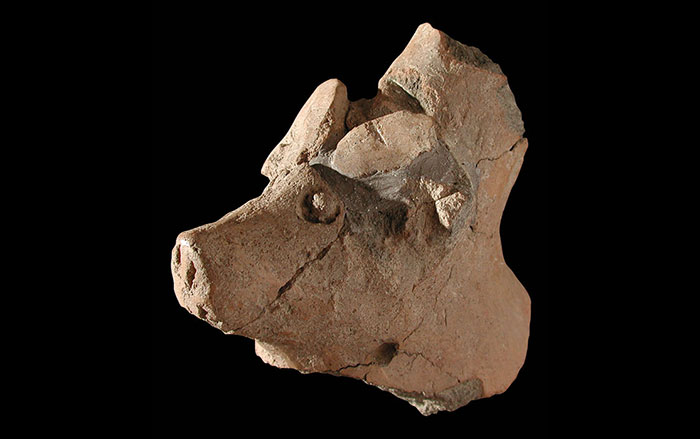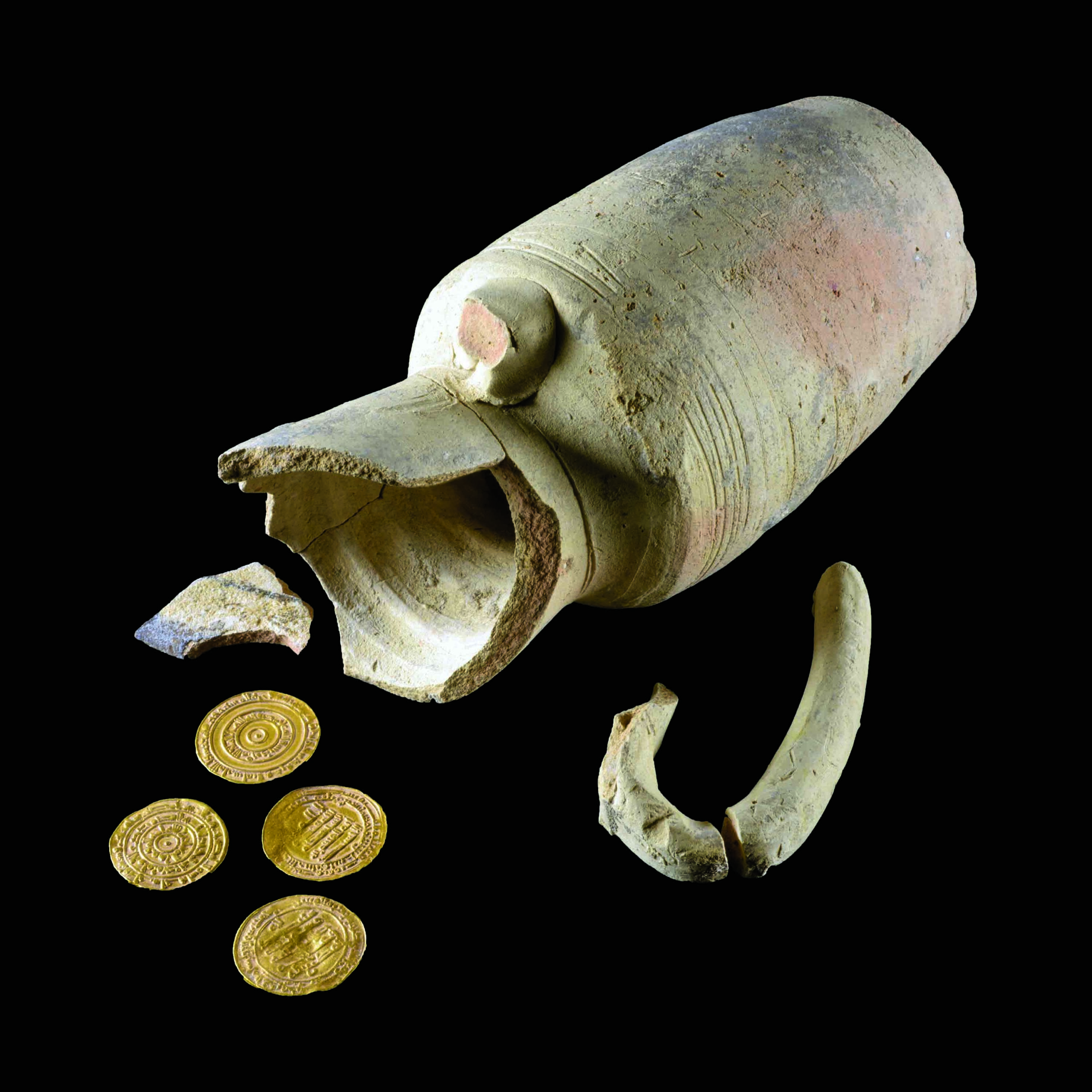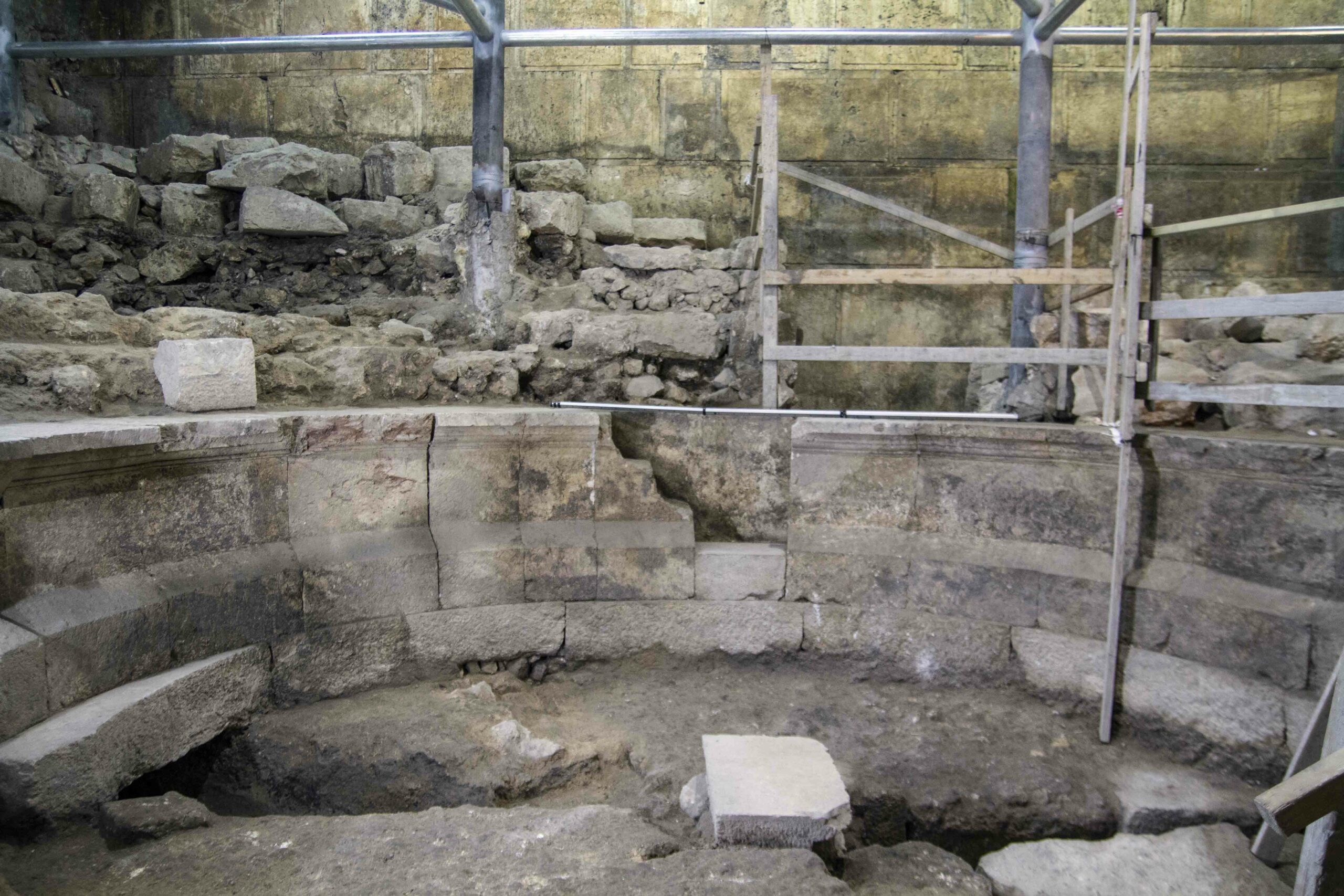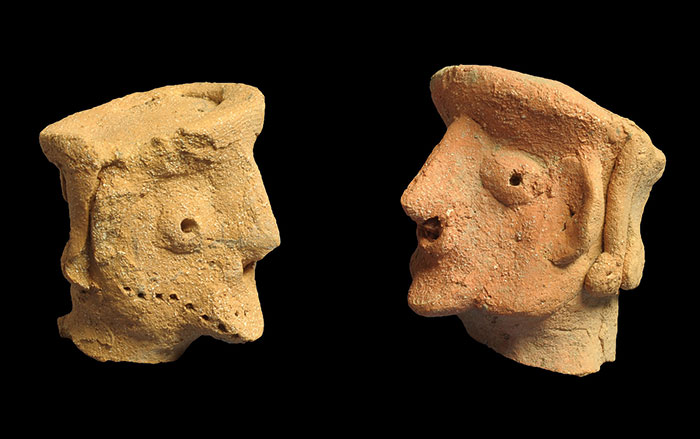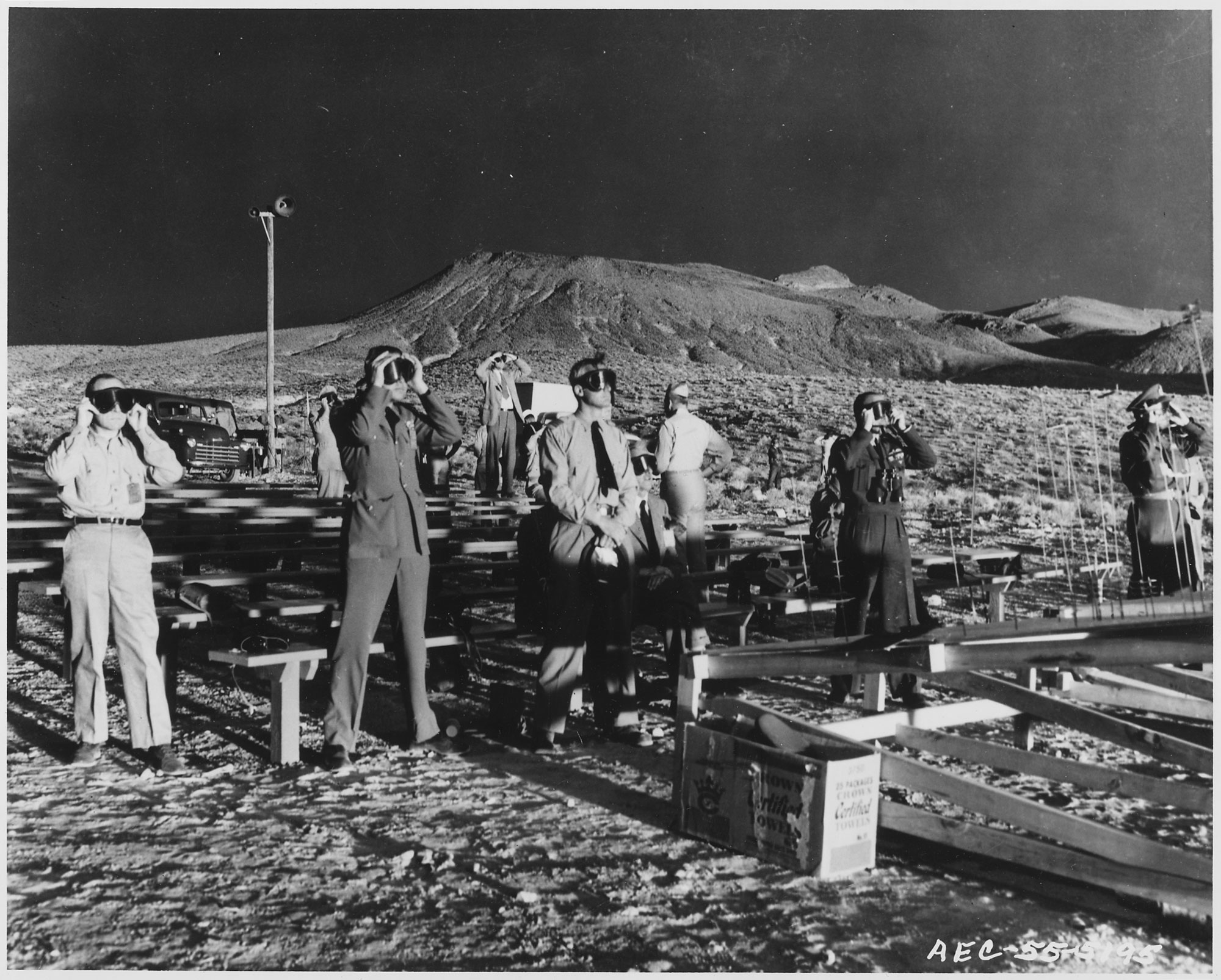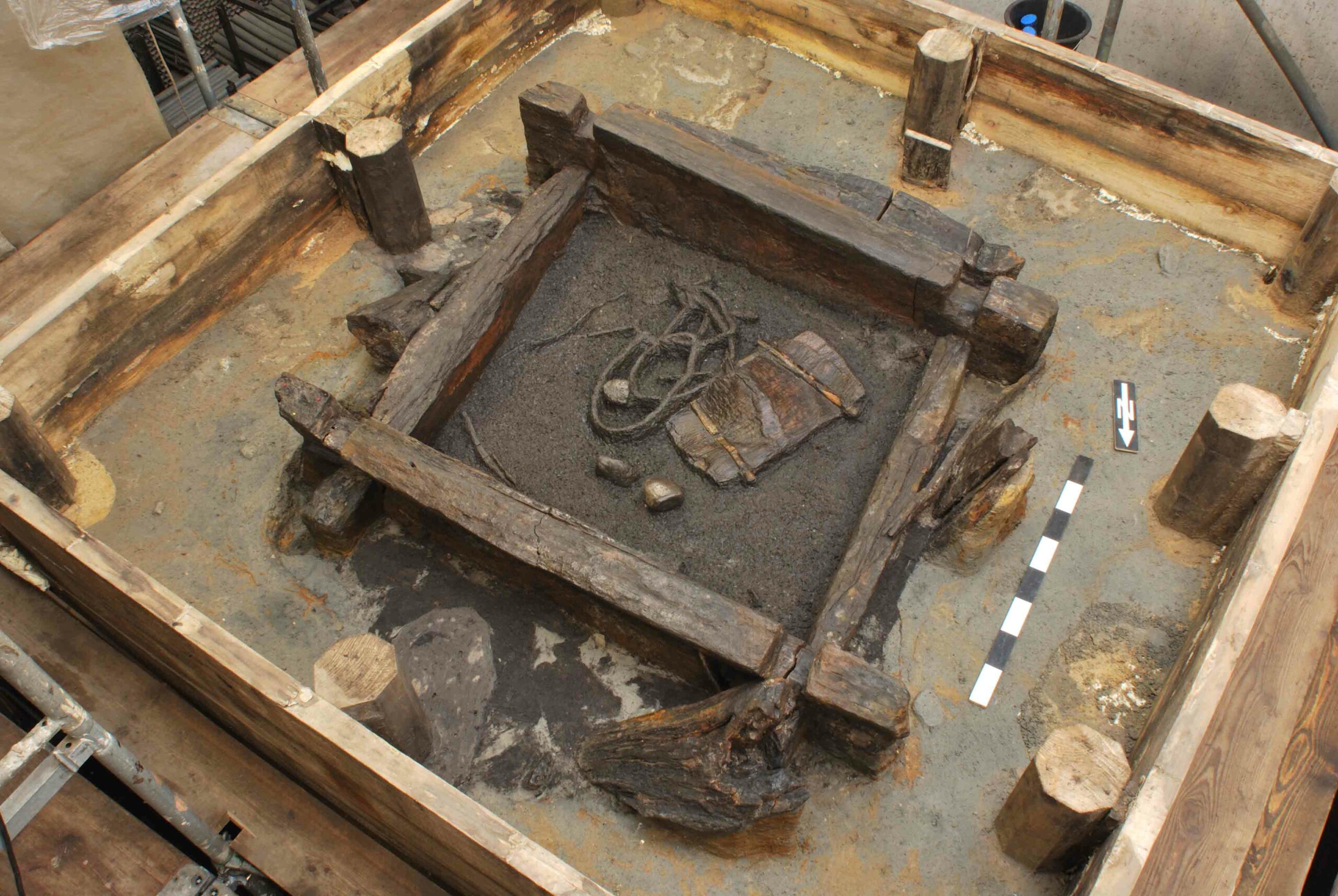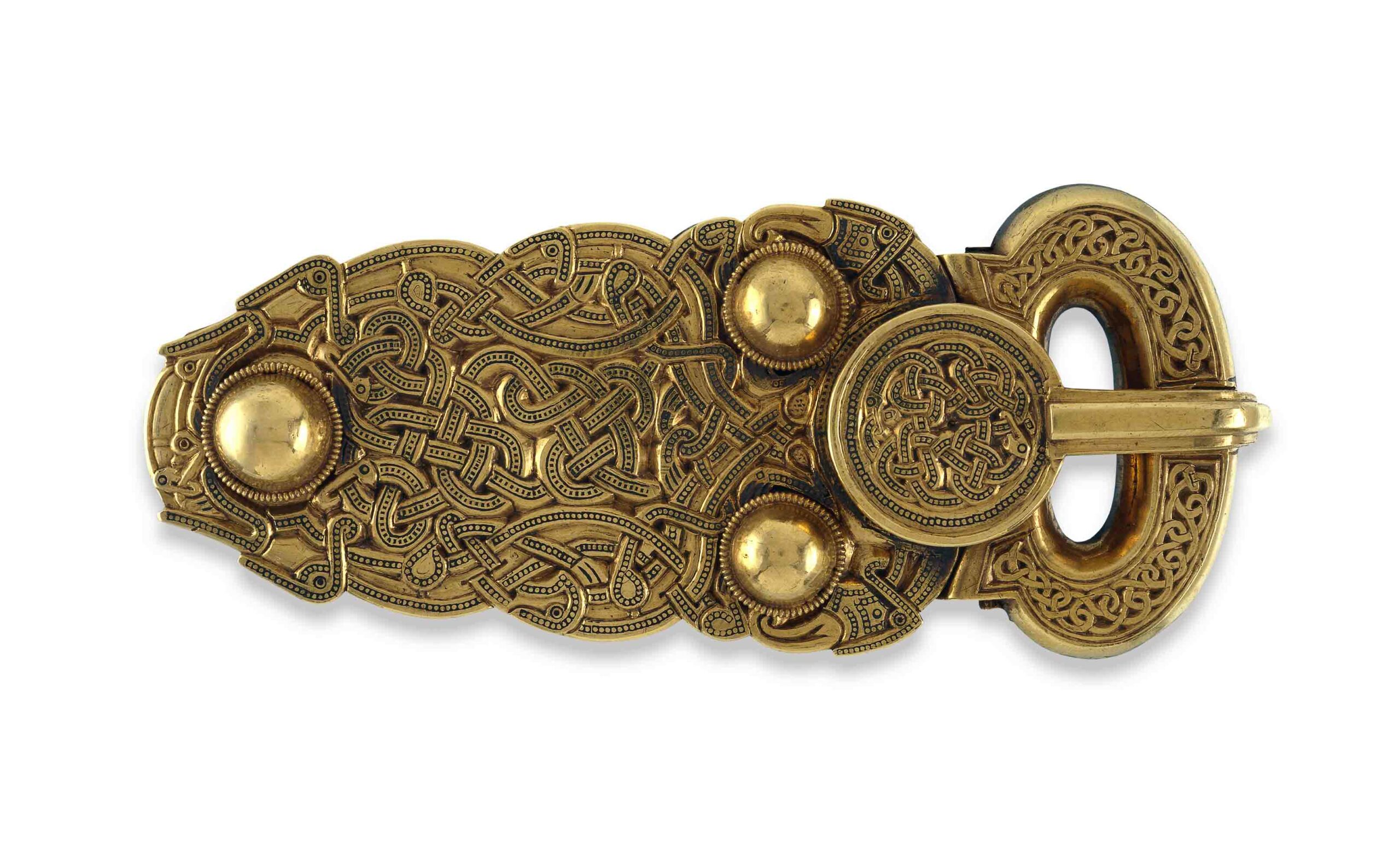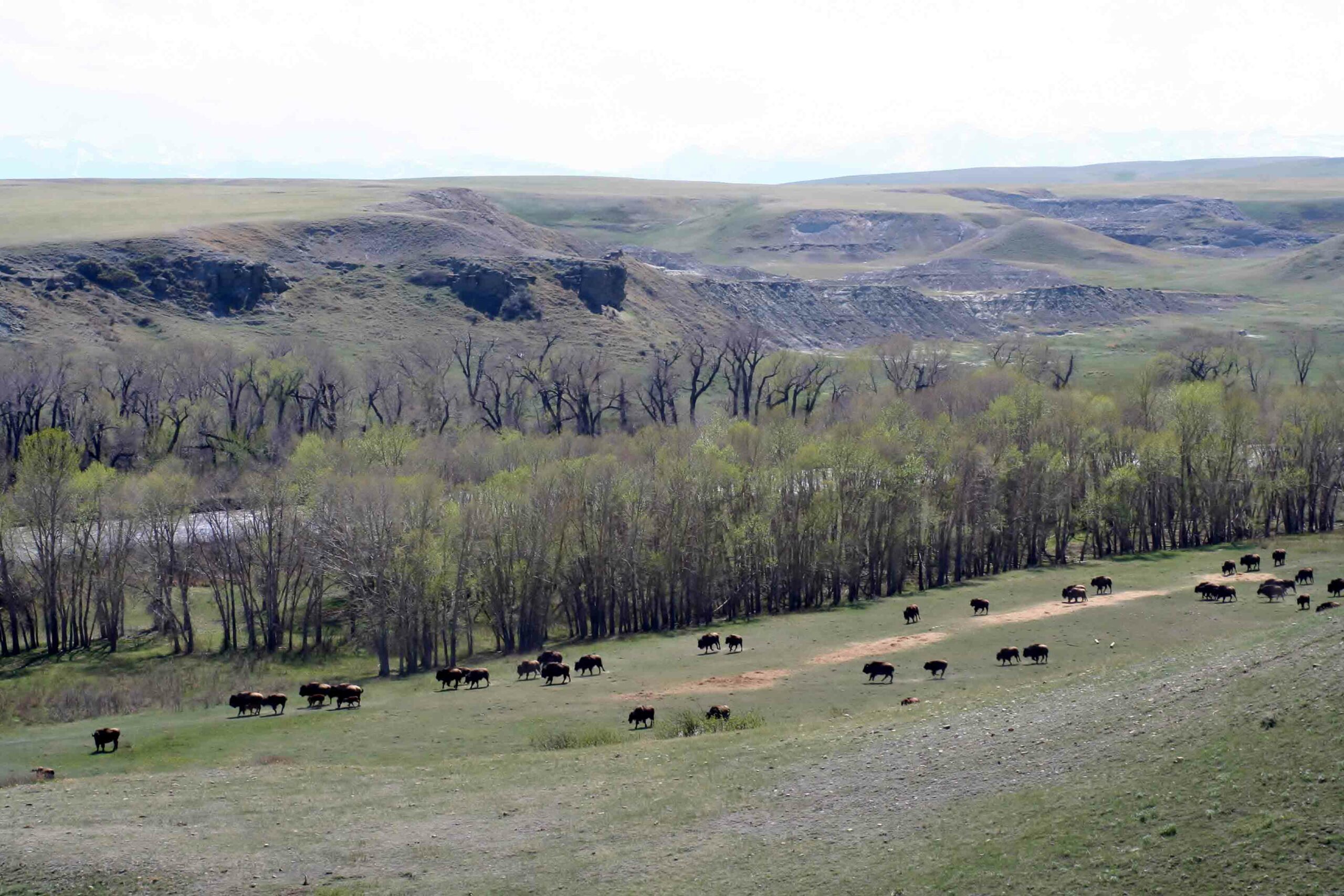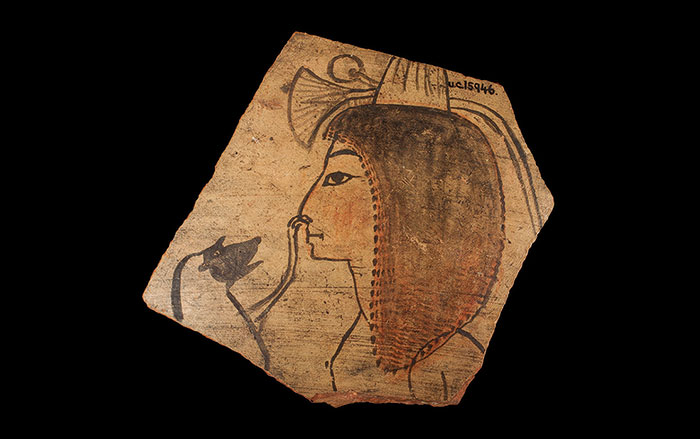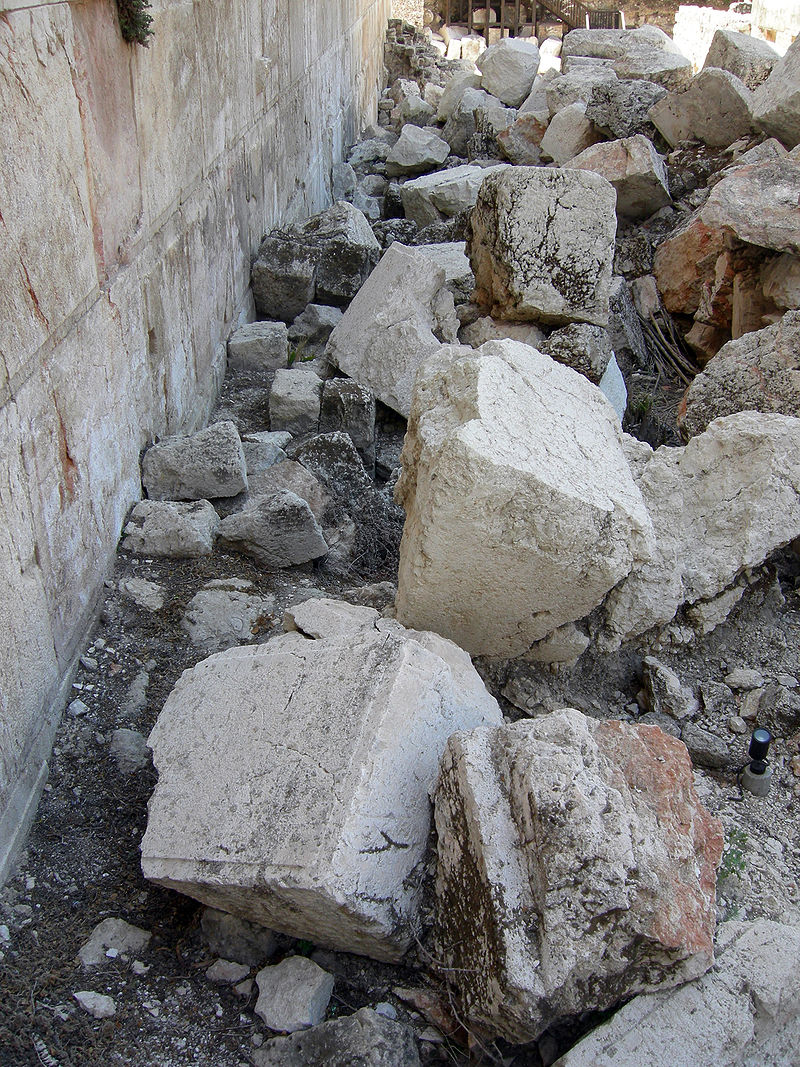
JERUSALEM, ISRAEL—Archaeologists have long assumed that a large pile of stones lying next to the south end of the Western Wall fell to the street after Roman soldiers destroyed the Holy Temple during the great revolt in A.D. 70. But now archaeologist Shimon Gibson has put forward a controversial theory that the walls did not fall during the sacking of the temple, but stood until an earthquake in A.D. 363 toppled them, leaving the heap of stones visible today. Gibson doubts that Roman soldiers would have bothered to destroy the walls in what would have been a challenging engineering operation. He also notes that in the late Roman period, Jerusalem was a vibrant city with a large, prosperous population and that it's unlikely the debris would have been left untouched and not recycled for new buildings. “Now we know much more about the late Roman period,” Gibson told Haaretz. “If there was a neighborhood like this there, how could it be that they leave debris from the year 70 C.E. in the middle of it all? It’s like going out of your house and leaving a pile of debris. You clear it. And why leave the city to bring stones to build new buildings if you have stones next to your house?” Other archaeologists strongly disagree with Gibson, and point to stratigraphic evidence that the stones have been at their present location since the first century A.D. To read more about archaeology in Jerusalem, see "The Walls of Mount Zion."


